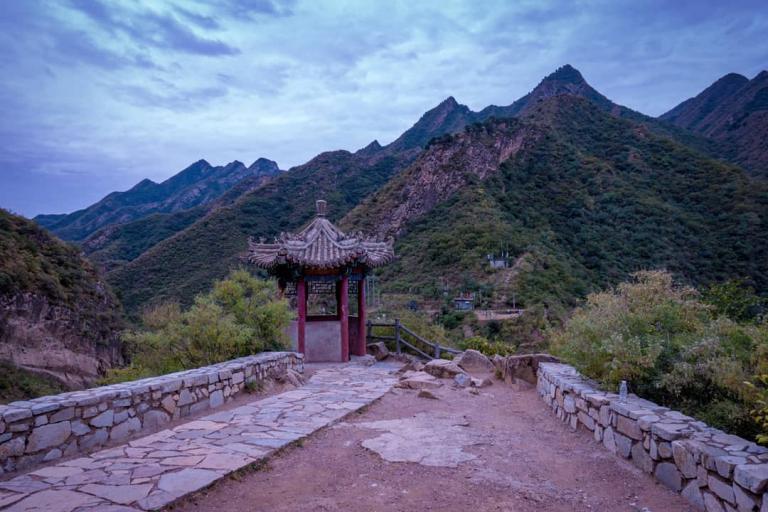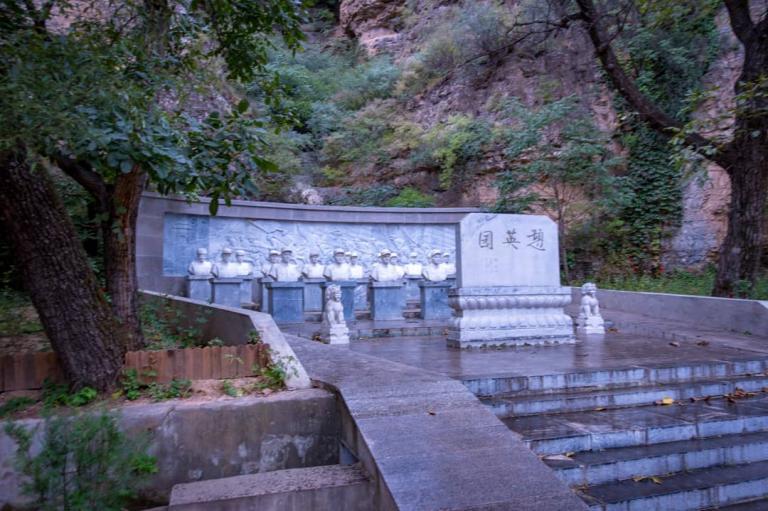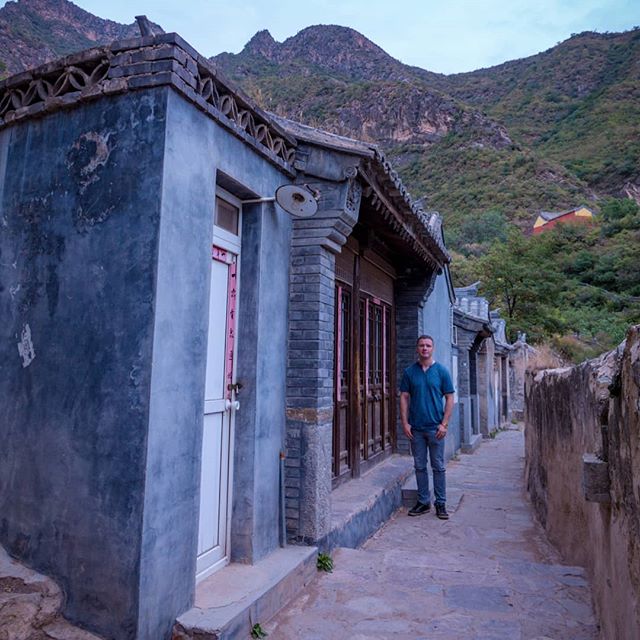The History of Yanjiatai Village
4 min readHomes in the historical village of the Yanjiatai Village are arrayed in neat order along the gradientof the mountains. Still preserved here are residential compounds dating to the Ming andQing Dynasties, characterized by blue stones, gray tiles, engraved beams, elegant gate towers,screen walls, and stone steps. In front of the gate of the compounds are beautifully-engravedstone piers, and inside the gate is an elegantlyvdesigned screen wall. The stone, brick, andwood engravings decorating the gate tower are ornate and intriguing in appearance.

Forhundreds of years, these houses have undergone natural and man-made disasters, bearingup under the ups and downs of history.The compounds in Yanjiatai generally embrace two, three, or four courtyards insuccessive steps. Northern houses are usually situated higher than side houses. Inside andoutside the gate tower are brick screen walls, some engraved with decorative calligraphy orpaintings.Compound 155, home of Zhao Zhengjiang, is a typical Yanjiatai residence. It enclosescourtyards in two steps. The gate tower is built on a five—step stone base, with engravedbeams and painted columns. The eaves are decorated with flower-design brick engravings,and engraved inscriptions can be found at the lower part of the gate walls on both sides,heralding a prosperous. happy life for the family.

Two Chinese characters, meaning“Magnificence” and “Happiness,” respectively, are engraved on the two square gate piers.Passing the gate, one will first see a delicate screen wall, the ridge of which is engravedwith beautiful flowers. The ground is paved with blue stones. North of the axis of thecompound is a well—preserved decorative gate, which separates front yard from rear yard.The rooms and courtyard outside the decorative gate were collectively known as the “exteriorresidence,” for accommodating guests. Inside the gate was the “interior residence,” whichserved the host family and in which visitors were not allowed. The main interior roomeffuses an extraordinarily elegant flavor, characterized by a bluestone floor, wood—engravedscreen, traditional adobe bed, and stove pit.The No. 167 Compound once was the residence of Zhao Yuanheng, a scholar whopassed the imperial examination at the county level during the Qing Dynasty. The presentresidents of this house are descendants of Zhao Yuanheng. The family manager, ZhaoZhengshan. 57, is of the fifth generation of Zhao’s. According to Zhao Zhengshan, ZhaoYuanheng was born in 1851, passed the examination in the early reign of Emperor Guangxu,and died in 1916. In the east wing room is a set of antique, wood-engraved table and chairs,upon which, it is said, Zhao Yuanheng once took his meals.The N o. 178 Compound is the former residence of Zhao Yongcheng (1915-1994), ahero of the War of Resistance Against I apanese Aggression. Zhao Yongcheng actually inspiredthe character of the guerilla leader in the novel “The Sun Shrines over the Sanggang River,”attributed to the noted writer Ding Ling, a woman.
This old house features a high gatetower, a four—step bluestone stair, and two gate piers engraved with Chinese characterscollectively meaning “Peace.” Entering the compound, the first thing one sees is an elegantscreen wall. This compound embraces two courtyards. The exterior yard, with a bluestone-paved ground, is surrounded by old houses, and a well—preserved decorative wall separatesthe outside from the interior yard. The houses in the interior section were renovated and nolonger hold historical features. Today, the children of Zhao Yongcheng still reside here.Hung on the wall of the main room is an old picture of Zhao Yongcheng, the guerrillaleader. Looking over the image from the past and listening to his stories as narrated by hiswife and children, visitors will truly appreciate the valiant spirit of this national hero.
Zhao was 22 years old when the “July 7 Incident” occurred in 1937. To protect thenation against Japanese aggression, he detertninedly joined the Chinese armed forces and threw himself into the war against Japanese invaders.
In 1938, he joined the Communist Partyof China, and the next year he was assigned to head up a guerrilla force of the West BeijingAnti—Japan Base. Zhao was an expert marksman, and the J apanese soldiers knew of and fearedhim; hence his nickname “Sharp Shooter Zhao.” One day, the traitor Lu Xuan led Japanesesoldiers into the village and took away several village cadres. Zhao Yongcheng immediatelyset off with his guerrillas on a rescue mission. Still in the distance. he saw Lu Xuan and theJapanese troops. Lu Xuan took out his gun and aimed at Zhao, but before he could pull thetrigger, Zhao’s bullet hit Lu’s hand, and the gun dropped. Lu turned to escape, and Zhao‘ssecond shot reached his head. Dawn Newspaper later reponed Zhao’s inspiring actions.The Martyrs’ Cemetery, near the East Entrance to Longmenjian, is the resting placeof Zhao Yongcheng, and a statue of the hero was erected for citizens to pay reverence.Today, the second son of Zhao Yongcheng, Zhao Hongxing, the Party CommitteeSecretary of Yanjiatai Village, devotes himself to the cause of construction in his hometown.Zhao’s home and the Martyrs’ Cemetery have become popular destinations for patrioticeducation.

Compound 179 is a large residence, with a distinctive layout. Walking up a stonestairway of five steps andopening the main gate, one willsee a horizontal screen wall,flanked by two delicate yardgates. which lead to an interiorcourtyard. This compoundconsists of an exterior yard andtwo paralleled interior yards. Thegrounds are paved with bluestoneslabs, which have turned panieularly slick after decades of foot falls. The southern room in theexterior yard is wood—structured. itsold—style wood door and windows isimprinted with traces of history. Theridge of the gray-tiled roof is adornedwith hollowed-out brick carvings.








